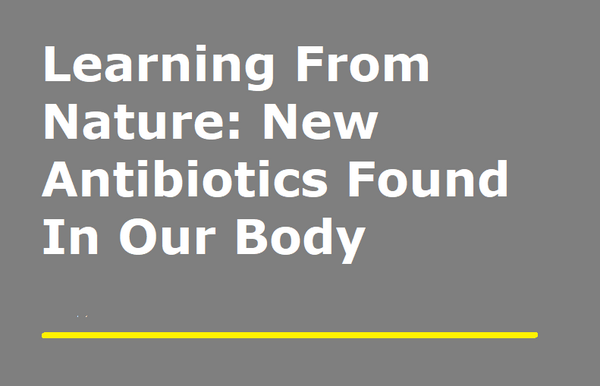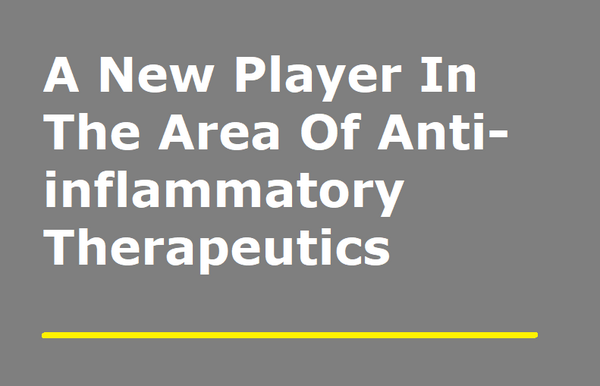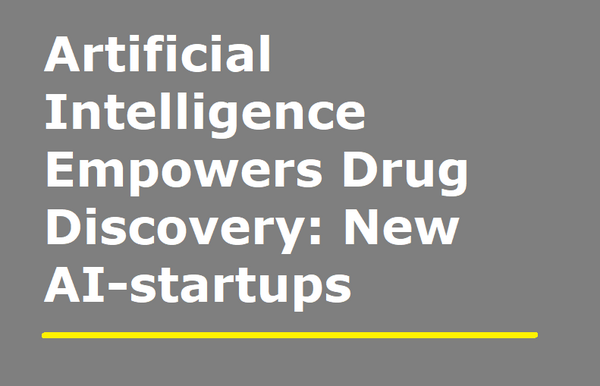The Time for Breakthroughs in Antibiotic Discovery
Since a revolutionary discovery of penicillin in 1928 by Scottish bacteriologist and Nobel laureate Alexander Fleming, numerous inventions of new antibiotic classes followed. A cascade of discoveries over decades pushed the limits of medicine in its ability to fight deadly infections, those that used to kill millions of people in the previous centuries.
A "silent pandemic"
According to the statistics from The Center of Disease Control and Prevention in the United States (the CDC), around 2.8 million people get infected by antibiotic-resistant illnesses in America each year, of whom around 35,000 die each year because antibiotics simply don’t work as they used to in the not-so-distant past. According to another source, drug-resistant diseases kill around 700,000 people each year globally, but a United Nations interagency group on antimicrobial resistance estimates that this could swell to 10 million a year by 2050 if no action is taken. This is more than the number of people who currently die from cancer worldwide every year.
A recent report by Massachusetts Department of Public Health stated that a disease as old and well known as Gonorrhea is developing resistance to the last antibiotics that are efficient against it, and no new cures are so far available to substitute the existing ones.
We have been successfully using antibiotics in so many cases and for such a long time that started taking this powerful tool of modern medicine for granted. Meanwhile, the warning signs making headlines informing the public about emerging “superbugs” able to withstand antibiotics due to developed multidrug resistance and thereby becoming a deadly risk.
The dangerous infection MRSA (methicillin-resistant Staphylococcus aureus) was reported spreading in hospitals and healthcare facilities, while uncontrolled overuse of antibiotics in livestock farming and in some medical practises led to the emergence of new resistant strains of bacteria such as Salmonella and E. coli. These are just examples, the list can go on.
As widely used therapeutics such as tetracycline, erythromycin and vancomycin lost much of their effectiveness against bacterial infections over the years, the antibiotics Colistin and Carbapenem are considered the big guns — a last line of defense when no other antibiotics are working, for example in the case of multidrug-resistant Gram-negative infections.
Colistin structure
Such medications are called drugs of last resort and they usually possess drastic side effects, as in the case of Colistin, being toxic to the human kidney; still, they are the last hope for some desperate patients. Now even this last weapon against malicious bacteria is becoming obsolete, as it was reported in recent years, mcr-1, a gene which confers resistance to Colistin, has been found in E.coli from over 30 countries, including the cases of resistant bacteria isolated in China and in the United States, and in other regions.
The same story happens in the case of Carbapenem when the gene blaNDM-5 renders bacteria resistant to its action. In 2012, the CDC identified Carbapenem-resistant infections in about 4 percent of US hospitals. Here is a recent research (March 2022) explaining statistics and dynamics of spread of the gene blaNDM-5, and its contribution to the rise of global antibiotics resistance.
The problem goes beyond treating infections. According to Army Col. Emil Lesho, director of the Defense Department’s Multidrug-resistant Organism Repository and Surveillance Network in the United States, the growth of bacterial resistance puts humanity at risk of losing access to modern medical “miracles”, such as medical surgeries, joint replacements, organ transplantation, cancer chemotherapies etc. These treatments can not be safely performed without antibiotics because it is almost impossible to avoid bacteria penetrating the body during severe medical interventions.
Finally, the viral COVID-19 pandemic contributed indirectly, but severely, to the deterioration of the situation with bacterial resistance. Due to the focus on COVID-19 in 2020, CDC reported that progress against antimicrobial resistance has been lost as noted in the CDC's 2022 Special Report on the impact of the pandemic. Antimicrobial resistance could spread in the acute care setting as a result of the COVID-19 pandemic's increased use of antibiotics. In order to prevent potential bacterial infections, antibiotics have been used frequently in hospitals with COVID-19 patients. Up to 70% of COVID-19 patients are treated with antibiotics, either as inpatients or outpatients. Virens cannot be eliminated by antibiotics. But doctors frequently have to give antibiotics to COVID-19 hospital patients who have a confirmed or strong suspicion of a bacterial coinfection or superinfection.
Why has the crisis begun?
The history of antibiotics research is the history of a constant race between drug discovery researchers and ever-evolving natural enemy - bacterial infections. Since the discovery of early antibiotics, it was noticed that bacteria would evolve rather quickly adjusting to the new environment and developing resistance to external molecules. Once resistance was developed rendering the existing antibacterial drug useless, a new type of antibiotics was needed to save the day.
Drug discovery industry used to do a good job at keeping up with natural bacterial threats and numerous new classes of antibiotics were discovered in the mid of the last century. However, the progress slowed down and almost vanished by the 2000s. In fact, researchers haven’t identified a new class of antibiotic medication since 1987, while bacteria kept developing resistance to the previously invented drugs. So why has innovation slowed so dramatically?
Topics: Novel Therapeutics


